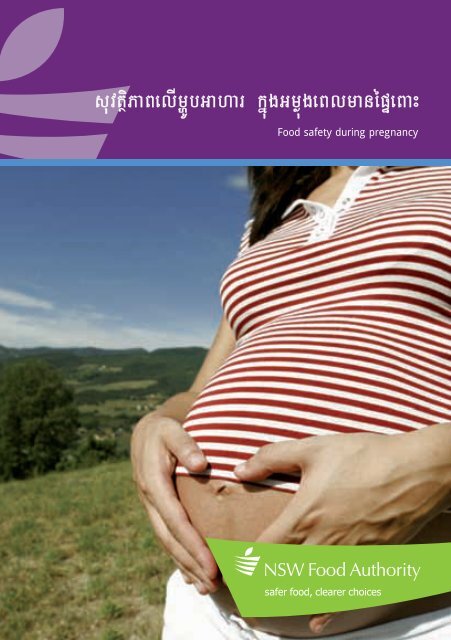


She left him for Tāmanuhiri, and soon became pregnant. Their tipuna Hinenui said, ‘Taku hē ki te huatea, nō muri kē ko Te Huauri.’ (The blame fell on me for childlessness, yet now I have a child.) Hinenui was married to Tawakewhakatō, but to her distress she did not become pregnant. ‘Huatea’ is a Te Tai Rāwhiti (East Coast) word used specifically by Ngāi Tāmanuhiri to refer to childlessness. Examples include a supernatural rock, Uenukutuwhatu, at Kāwhia, and a tree, Te Hunahuna-a-pō, at Galatea, in the Bay of Plenty. There were trees and stones known as tipua which were said to help people conceive. The first tiki was given to Hineteiwaiwa by Tāne for this purpose. In one tradition the hei tiki talisman was said to help with conception. Afterwards Katerina became pregnant and gave birth to Āpirana, who became a Ngāti Porou politician. When Paratene and Katerina Ngata feared that they could not have children, they went to a tohunga and underwent a ritual. When a woman had difficulty conceiving she would go to a tohunga, who would carry out the rite of whakatō tamariki. When a family line was in danger of disappearing through lack of children it was called a whare ngaro (lost house). The proverb ‘Mate i te tamaiti he aurukōwhao mate i te wahine he takerehāia’ (the death of a child may be overcome, but the death of a woman is a calamity) shows the importance of producing children. The word whānau means both to give birth and family, and hapū means both pregnant and clan, illustrating the significance of pregnancy and childbirth to Māori.


 0 kommentar(er)
0 kommentar(er)
